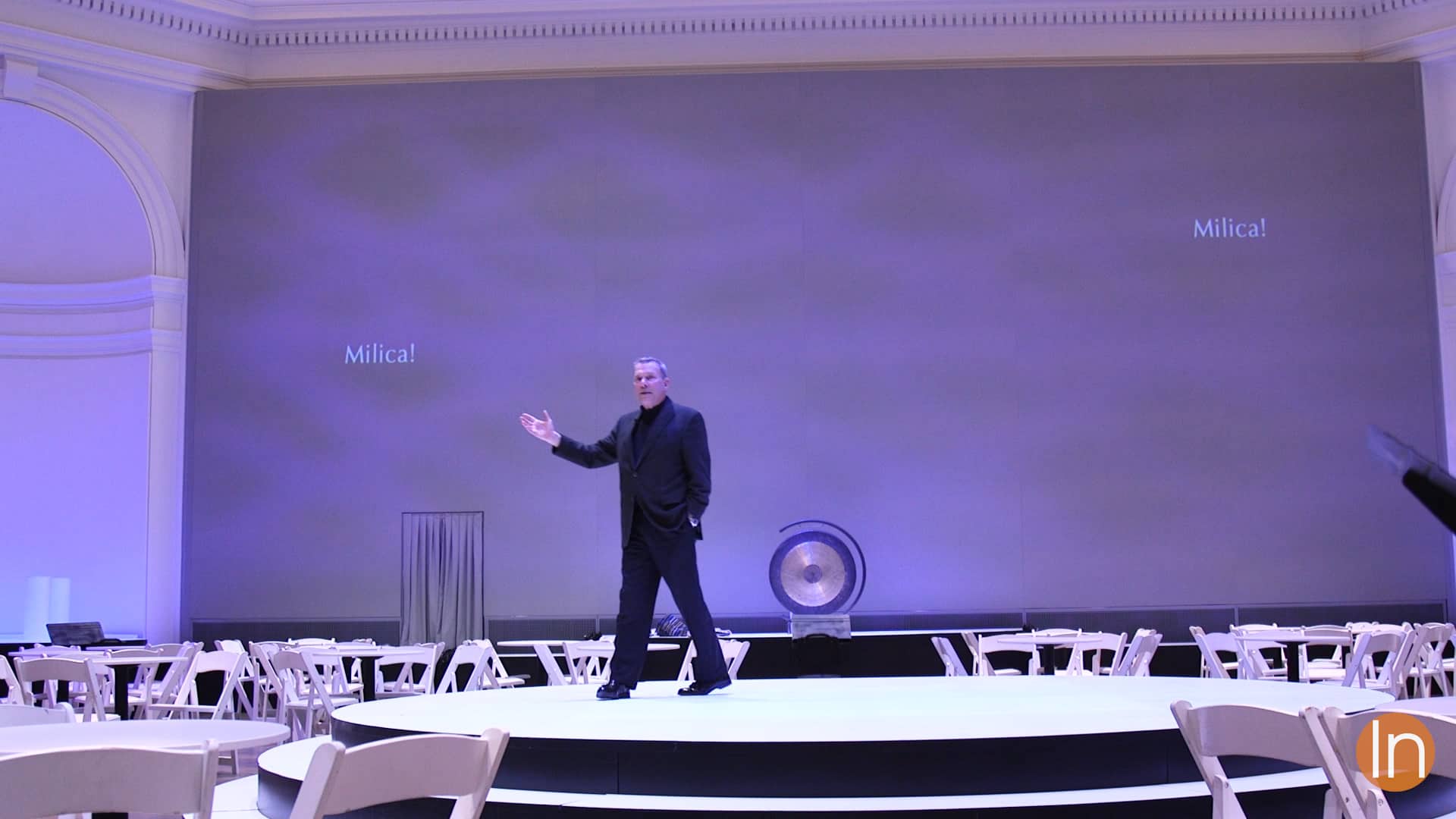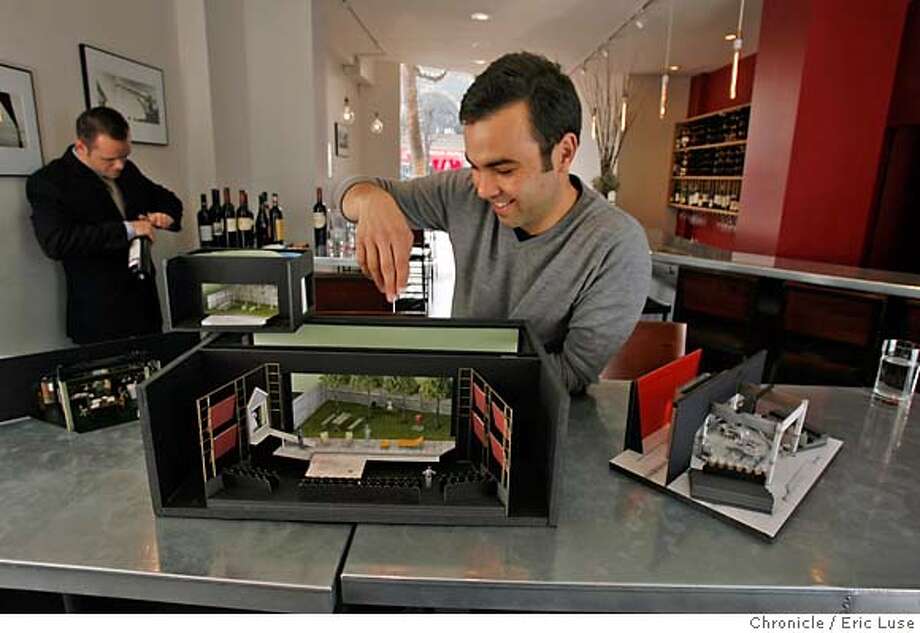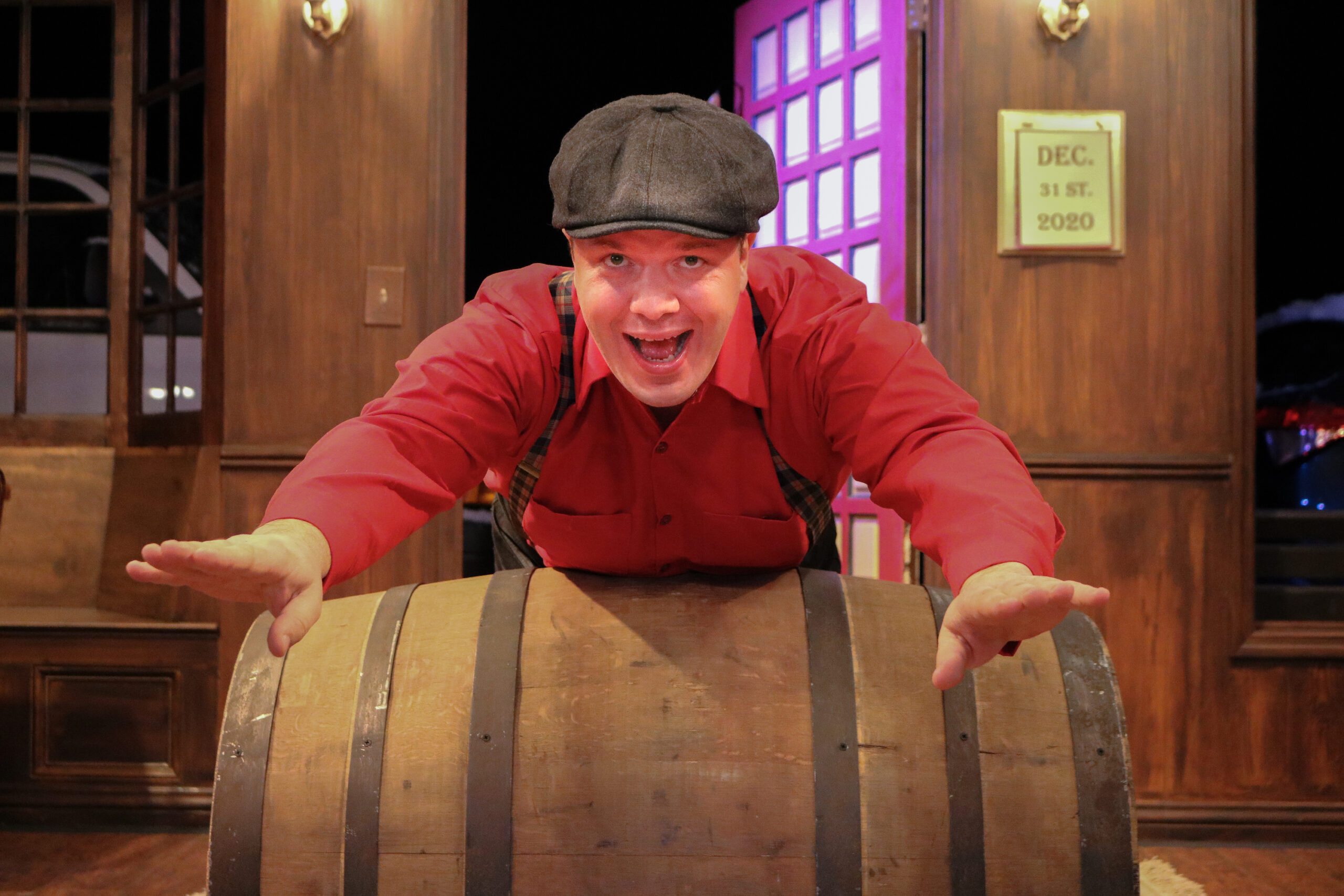

In response, it added a program to preserve the Victorians west of Fillmore Street in 1971, San Francisco Heritage was formed. When the agency announced a second phase of demolition in 1964, it was met with public outcry. Sign up for The Bold Italic newsletter to get the best of the Bay Area in your inbox every week. Photo: Dave Glass via Flickr, used with permission In 1948, the city formed the San Francisco Redevelopment Agency, identifying hundreds of square blocks in the Western Addition as a top priority for “ slum clearance.” By the 1950s, thousands of mostly Black and Japanese residents were evicted, and the city began demolishing their homes. This led to a cultural renaissance in the Fillmore during the first half of the 20th century, with jazz clubs springing up across the neighborhood.

Decades of this exclusion led to a concentrated majority of San Francisco’s Black and Japanese populations in the Western Addition neighborhood, where they were able to find exemptions. Dating back as early as 1880, many parts of San Francisco barred Black people from owning - and sometimes even renting - homes under racial covenants and deed restrictions.
#Opera glasses san francisco code#
More than 2,500 other Victorians in the neighborhood were not so lucky.īy the late 1940s, invigorated by nationwide postwar efforts to modernize America’s cities, San Francisco set its sights on “improving” the Western Addition - code for pushing out Black residents from the area to make room for white families. But some have made onerous journeys to be where they are today, including 12 homes in the Fillmore District that were rescued from certain demolition under the Western Addition redevelopment plan. When you pass one of these houses on the street, it’s natural to assume they’ve sat on the same piece of land since their construction. Rare and detailed Victorian homes are synonymous with San Francisco. This building was formerly located at 3875–79 Sacramento Street. This Pair of LeMaire Opera Glasses carries the LeMaire trademark " Bee " etched on the underside of the center bar, as well as the number " 63 " (you always need to use a magnifying glass to see the manufacturers mark on early opera glasses), which authenticates them as having been manufactured by LeMaire in Paris in the nineteenth century.At Ellis and Divisadero. At the Great Exhibition of 1851 in London, the jurors praised the LeMaire opera glasses with their " Trade mark of a Bee with outstretched wings ". Around this same time, opera glasses were invented in Vienna and LeMaire quickly began to make the finest opera glasses in Paris, and in the world. In 1839, a version of the Magic Lantern called the Polyorama Panoptique, was produced by LeMaire. Their work with Magic Lanterns, a lighted box that could be used to view pictures, in the 1700's helped pave the way for early cinematography. LeMaire has been a name known around the world since 1650, when Jacques LeMaire and his son Pierre became famous in Paris as makers of optical instruments.
#Opera glasses san francisco plus#
$30.00 plus 1.5% replacement cost insurance. Processing and shipping within the continental U.S. Eyepieces marked, "Vanderslice & Co / San Francisco and Lemaire FI / Paris." Bar marked, "bee mark / Made in France".

Possibly missing center surface of handle.ģ) Beige Mother of pearl opera glasses. Condition: Good, some losses to coating at lens rim. Condition: Good with wear and surface scratches.Ģ) White Mother of pearl opera glasses. Center bar marked, "Superior Glasses" and "G.C.". Eyepieces marked, "Vanderslice & Co / San Francisco". Three San Francisco Mother of Pearl opera glasses.ġ) Two toned stripe appearance opera glasses.


 0 kommentar(er)
0 kommentar(er)
